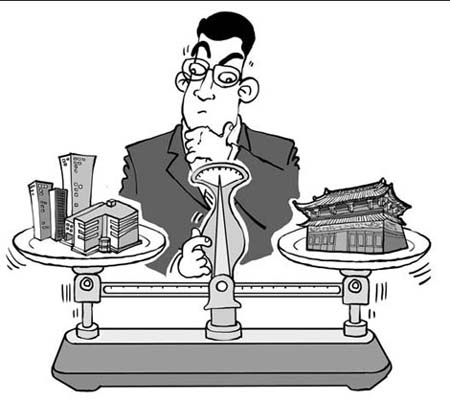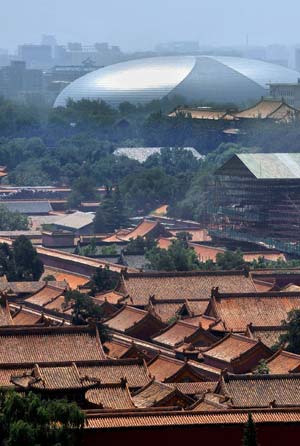|

|
|
The successful bidding for quite a few major projects by foreign architects marks the beginning of China's integration into the international community in the architectural sector. [Photo Source: China Daily]
|
Since the 1990s, China has obviously speeded up its steps to open the architectural field to the outside world. That is fully testified by its extensive adoption of the competition mechanism, introducing international bidding for some important constructions. As a result, visions of domestic architects have been expanded, their mentality updated, and a number of prominent masterworks created.
The successful bidding for quite a few major projects by foreign architects marks the beginning of China's integration into the international community in the architectural sector.
Just like the country's accession into the World Trade Organization, which originally provoked controversies among some Chinese people who worried about the fate of domestic enterprises, only a temporary sacrifice of domestic architectural sectors can create chances for their future success in ever-increasing international competitions.
|

|
|
Photo taken on July 16, 2008 shows the roofs of Forbidden City and National Center for the Performing Arts in Beijing, China. [Xinhua Photo]
|
We still remember the words sighed out by a participating Chinese group of architects after the first round of review of the designing bidding for the National Center for the Performing Arts. "We admit our inferiority to foreign competitors," they said.
Paul Andreu, a renowned French architect, finally won the tender of the project. In its following layout improvements and construction, a lot of Chinese architects were involved. Such kinds of interactions and cooperation with foreign architects are undoubtedly helpful for our domestic counterparts.